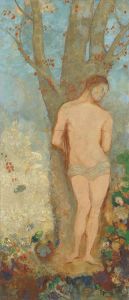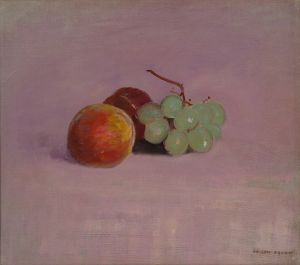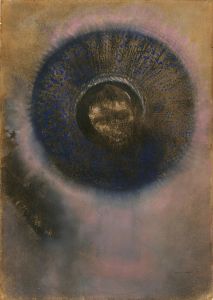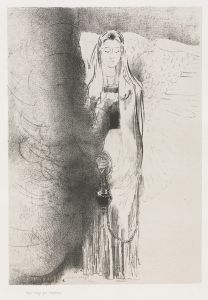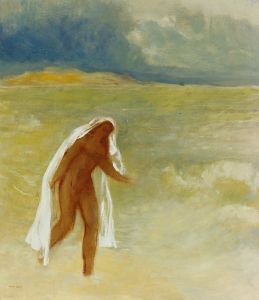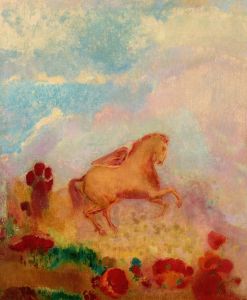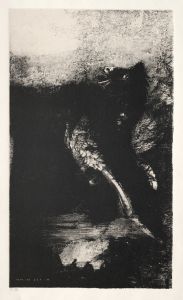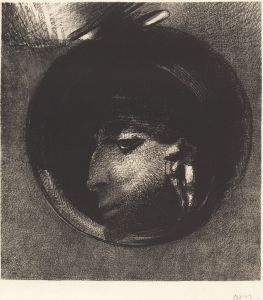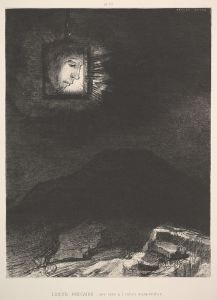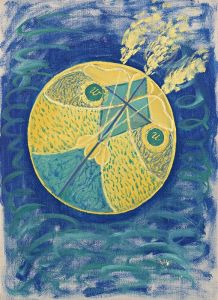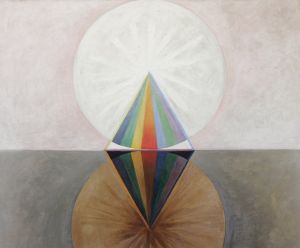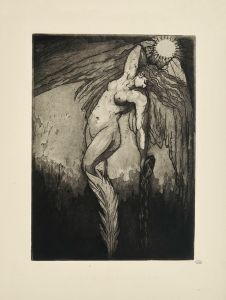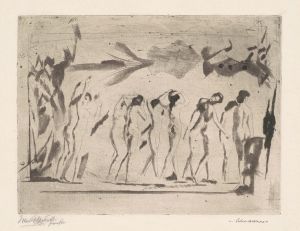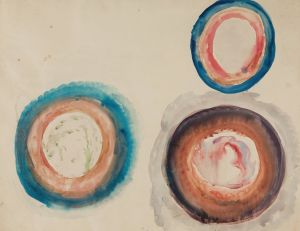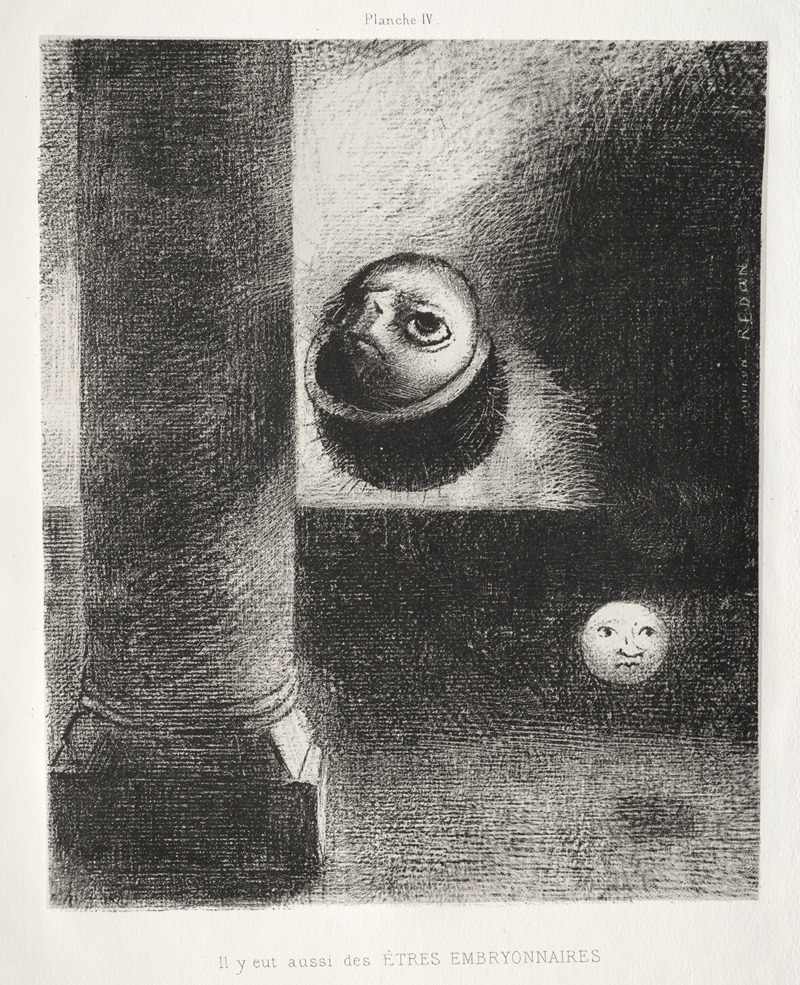
There Were Also Embryonic Beings
A hand-painted replica of Odilon Redon’s masterpiece There Were Also Embryonic Beings, meticulously crafted by professional artists to capture the true essence of the original. Each piece is created with museum-quality canvas and rare mineral pigments, carefully painted by experienced artists with delicate brushstrokes and rich, layered colors to perfectly recreate the texture of the original artwork. Unlike machine-printed reproductions, this hand-painted version brings the painting to life, infused with the artist’s emotions and skill in every stroke. Whether for personal collection or home decoration, it instantly elevates the artistic atmosphere of any space.
Odilon Redon (1840-1916) was a French symbolist painter, printmaker, draughtsman, and pastellist. He is best known for his mysterious and often fantastical works that explore the realms of dreams, imagination, and the subconscious. One of his notable works is "There Were Also Embryonic Beings" (French: "Il y avait aussi des êtres embryonnaires"), created in 1883.
"There Were Also Embryonic Beings" is a charcoal drawing, a medium Redon frequently used in his early career. The drawing is part of a series of works known as "Les Noirs" (The Blacks), which are characterized by their monochromatic palette and the use of charcoal and lithography. These works often delve into themes of existentialism, the unknown, and the eerie beauty of the natural world.
The drawing depicts a surreal and somewhat unsettling scene featuring embryonic forms that seem to float or emerge from a dark, ambiguous background. These forms are not strictly human; they possess an otherworldly quality that blurs the line between reality and fantasy. The embryonic beings in the drawing are rendered with a delicate yet precise touch, showcasing Redon's skill in creating texture and depth with charcoal.
Redon's fascination with embryonic forms and other fantastical creatures can be traced back to his interest in science and natural history. He was influenced by the scientific discoveries of his time, particularly in the fields of biology and embryology. This interest is evident in the meticulous detail with which he rendered these forms, as well as in the imaginative and often surreal contexts in which he placed them.
"There Were Also Embryonic Beings" reflects Redon's broader artistic philosophy, which sought to transcend the visible world and explore the deeper, often hidden aspects of human experience. His work is imbued with a sense of mystery and introspection, inviting viewers to contemplate the unknown and the unseen.
The drawing is also indicative of the Symbolist movement, of which Redon was a key figure. Symbolism emerged in the late 19th century as a reaction against the materialism and rationalism of the Industrial Age. Symbolist artists sought to express the ineffable and the spiritual through their work, often using dreamlike imagery and symbolic content. Redon's embryonic beings can be seen as symbols of potentiality and the nascent stages of life, as well as representations of the subconscious mind.
"There Were Also Embryonic Beings" is housed in the Musée d'Orsay in Paris, which holds an extensive collection of Redon's works. The museum's collection provides a comprehensive overview of Redon's artistic development, from his early charcoal drawings to his later, more colorful pastels and paintings.
In summary, "There Were Also Embryonic Beings" by Odilon Redon is a significant work within the artist's oeuvre and the Symbolist movement. It exemplifies Redon's unique ability to blend scientific curiosity with imaginative vision, creating art that continues to captivate and intrigue viewers with its enigmatic beauty.





